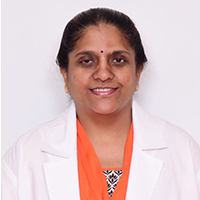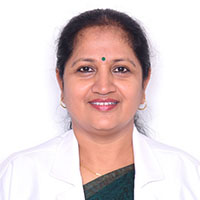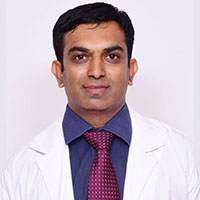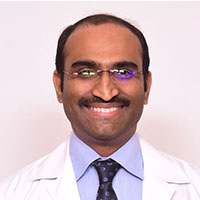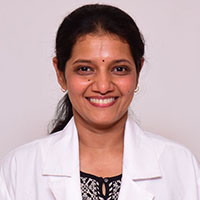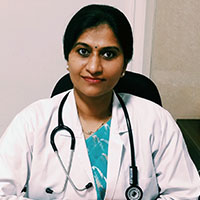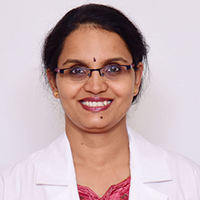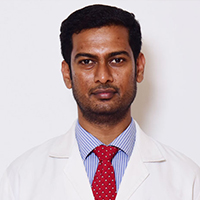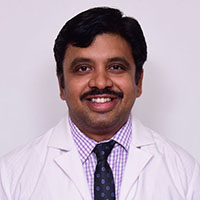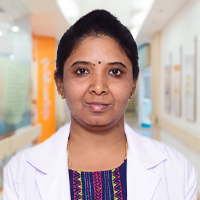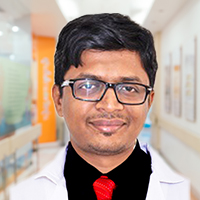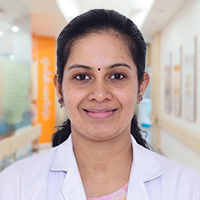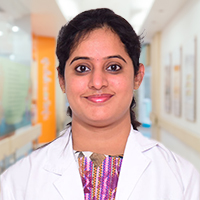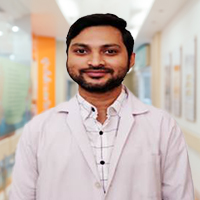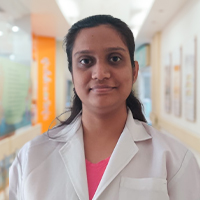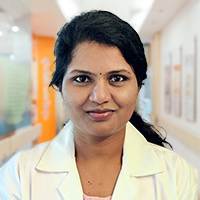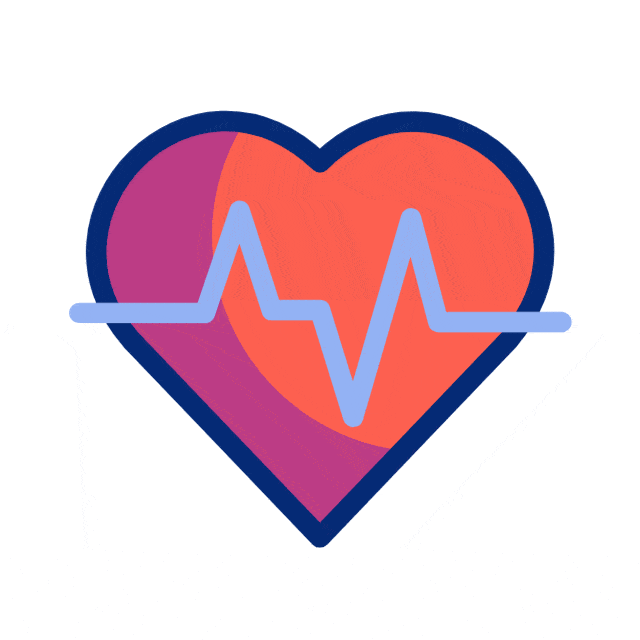
Anesthesiology
23 Doctors
Welcome to Our Critical Care Department
At JSS Hospital, we understand that medical emergencies can strike at any moment, which is why we are proud to introduce our state-of-the-art Critical Care Department. Our dedicated team of highly skilled healthcare professionals is committed to providing round-the-clock, specialized care to patients facing life-threatening conditions.
What Sets Us Apart:
- Expertise: Our critical care team is comprised of Intensivists , experienced nurses, respiratory therapists, and other specialists who are experts in their respective fields. They are trained to handle complex medical situations with precision and compassion.
- Advanced Technology: We equip our Critical Care Department with the latest medical technologies and monitoring equipment to ensure the highest level of patient care. Our facilities are designed to accommodate patients with a wide range of medical needs.
- Multidisciplinary Approach: We believe in a collaborative approach to patient care. Our team works closely with specialists from various disciplines to create tailored treatment plans for each patient, ensuring comprehensive care that addresses their unique needs.
- 24/7 Availability: Medical emergencies don’t keep office hours, and neither do we. Our Critical Care Department is staffed 24/7, 365 days a year, so you can rest assured that you or your loved ones will receive immediate attention when it matters most.
- Compassionate Care: We understand that critical care can be a challenging experience for patients and their families. Our team is not only dedicated to providing the highest level of medical care but also offering emotional support and guidance during these difficult times.
Mechanical Ventilation:
This involves the use of a ventilator to assist or control a patient’s breathing when they are unable to do so adequately on their own.
Arterial Line Placement:
A thin tube (catheter) is inserted into an artery to monitor blood pressure continuously and collect blood samples.
Central Venous Catheter (CVC) Insertion:
A catheter is placed into a large vein, typically in the neck, chest, or groin, to administer medications, fluids, or monitor central venous pressure (CVP).
Pulmonary Artery Catheter (Swan-Ganz Catheter) Insertion:
This specialized catheter is used to measure cardiac output, pulmonary artery pressure, and other hemodynamic parameters.
Dialysis:
ICU patients with kidney failure or severe electrolyte imbalances may require hemodialysis or continuous renal replacement therapy (CRRT).
Bronchoscopy:
A flexible tube with a camera is used to examine the airways and lungs, remove obstructions, or collect samples for testing.
Thoracentesis:
This procedure involves draining fluid or air from the space between the lung and chest wall (pleural cavity).
Chest Tube Insertion:
A chest tube is placed to drain excess fluid, blood, or air from the chest cavity, often after surgery or trauma.
Tracheostomy:
A surgical opening is created in the trachea (windpipe) to provide a stable airway for patients who need prolonged mechanical ventilation.
Electrocardiogram (ECG or EKG):
Continuous monitoring of the heart’s electrical activity to detect arrhythmias and ischemia.
Transfusions:
Administration of blood or blood products, such as packed red blood cells or platelets, to treat anemia or bleeding disorders.
Bronchial Hygiene Therapy:
Techniques like chest physiotherapy or nebulized medications are used to help clear airway secretions in patients with lung conditions.
Intravenous (IV) Medication Administration:
Administration of a wide range of medications directly into the bloodstream.
Nutritional Support:
Feeding tubes or intravenous nutrition may be used to provide essential nutrients to patients unable to eat normally.
Continuous Electroencephalography (EEG):
Monitoring of brain electrical activity, often used to assess patients with seizures or altered mental status.
Wound Care:
Treatment and dressing changes for surgical wounds or pressure ulcers to prevent infection and promote healing.
Continuous Glucose Monitoring:
Monitoring and management of blood glucose levels in diabetic patients or those experiencing stress-induced hyperglycemia.
Hemodynamic Monitoring:
Continuous assessment of blood pressure, heart rate, cardiac output, and other cardiovascular parameters.
Ultrasound:
Used for various diagnostic and procedural purposes, including vascular access and imaging.
Respiratory Conditions:
- Acute Respiratory Distress Syndrome (ARDS)
- Pneumonia
- Chronic Obstructive Pulmonary Disease (COPD) exacerbations
- Severe asthma exacerbations
- Pulmonary embolism
Cardiovascular Conditions:
- Myocardial Infarction (Heart Attack)
- Congestive Heart Failure (CHF) exacerbations
- Arrhythmias (e.g., atrial fibrillation, ventricular tachycardia)
- Cardiogenic shock
- Hypertensive emergencies
Neurological Conditions:
- Stroke (Ischemic or Hemorrhagic)
- Traumatic Brain Injury (TBI)
- Seizures
- Neuromuscular disorders (e.g., Guillain-Barré syndrome)
- Encephalitis and Meningitis
Infectious Diseases:
- Sepsis and Septic Shock
- Bacterial infections (e.g., severe bacterial pneumonia, cellulitis)
- Viral infections (e.g., COVID-19, severe influenza)
- Fungal infections (e.g., invasive candidiasis, aspergillosis)
Renal and Metabolic Disorders:
- Acute Kidney Injury (AKI)
- Diabetic ketoacidosis (DKA)
- Severe electrolyte imbalances (e.g., hyperkalemia, hyponatremia)
- Metabolic acidosis
Gastrointestinal Conditions:
- Gastrointestinal bleeding
- Acute pancreatitis
- Liver failure (e.g., acute liver failure)
- Bowel obstructions
Trauma and Surgical Complications:
- Multiple Trauma
- Postoperative complications (e.g., postoperative bleeding, anastomotic leaks)
- Burns
Hematological Disorders:
- Disseminated intravascular coagulation (DIC)
- Thrombotic microangiopathies (e.g., thrombotic thrombocytopenic purpura)
- Severe anemia or bleeding disorders
Oncological Emergencies:
- Complications of cancer treatment (e.g.,
- chemotherapy-induced neutropenic fever)
- Tumor lysis syndrome
Autoimmune and Inflammatory Disorders:
- Systemic lupus erythematosus (SLE) with organ involvement
- Rheumatoid arthritis with respiratory or cardiac complications
- Acute severe inflammatory bowel disease
Others:
- Organ transplant complications
- Toxic ingestions and overdoses
- Hemorrhagic disorders (e.g., intracranial hemorrhage)
- Severe anaphylactic reactions
OPD
Preanaesthetic clinic between 9am to 3pm.
Pain clinic OPD between 9am to 3pm on Monday, Wednesday and Fridays.
IPD
PROCEDURES DONE
- General Anaesthesia
- Spinal Anaesthesia
- Continuous epidural Anaesthesia
- Ultra sound guided regional Anaesthesia
- Image guided pain procedures
SPECIAL / EVENING / DAYCARE CLINICS
CRITICAL CARE
Management of critically ill patients in surgical ICU, neurosurgical ICU and high dependency units.
EXTENSION ACTIVITIES
Training of undergraduates, post graduates, interns, allied health sciences students, nursing staff and lay people regarding Basic Life Support and Advanced Cardiac Life Support
| Sl. No. | Name of the equipment |
|---|---|
| 1 | Anaesthesia Workstations |
| 2 | Multi parameter Monitors |
| 3 | Ultrasound Machine |
| 4 | Flexible intubating video endoscope |
| 5 | C-Mac Video laryngoscope |
| 6 | Peripheral Nerve Stimulator |
| 7 | Neuromuscular junction monitor |
| 8 | Supra glottic Airway devices |
Ongoing
- Effect of peroperative intravenous lidocaine on post operative analgesia in adult patients undergoing elective laparoscopic cholecystectomy.
Dr Anup N R, Dr C.L Gurudatt, Dr Yashaswini - Intrathecal chloroprocaine 1% for short gynaecological procedures- An observational study.
Dr Sarika M Shetty, Dr Vyshnavi S, Dr C.L Gurudatt - General Anaesthesia in combination with spinal anaesthesia for elective Total Abdominal Hysterectomy – A prospective double blind controlled study.
Dr Archana S, Dr Ashwini N, Dr C.L Gurudatt - Effect of paravertebral block for multiple rib fractures as analgesic technique – A controlled study.
Dr Pratibha R Matche
